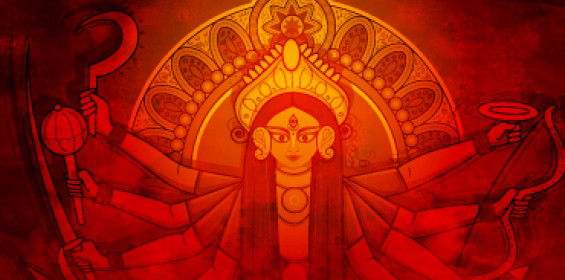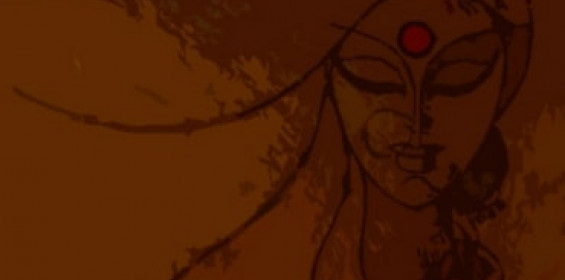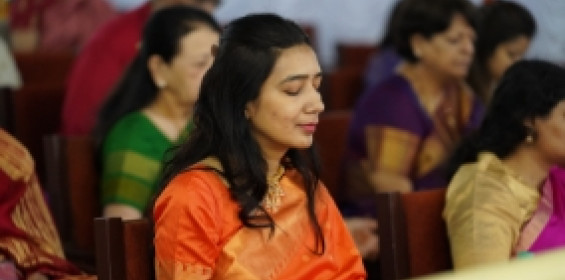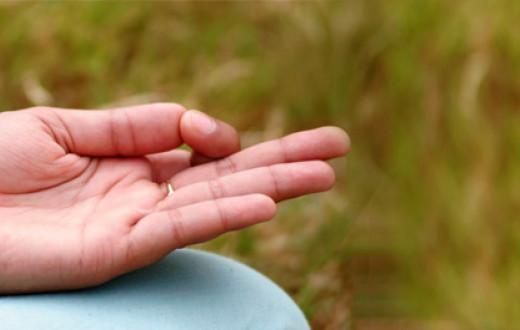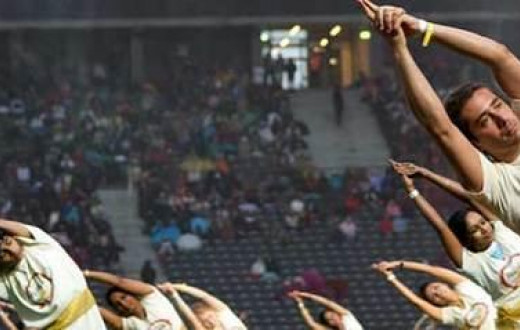Amazing facts about India
When the former managing director of Toyota in India, Naomi Ishii said: “Japan has gained more from India across the ages than India has done from Japan in recent times,” the wisdom could have been lost to many. Japan, today, is seen as a country of immense technological advancements. However, India and Japan share a very ancient relationship. Their ancient civilizations are bound by common practices, many of which have travelled from India.

So much so that Hajime Nakamura, a famous Japanese academician of the Vedas and Buddhism, stated in his book ‘Gotama Buddha’: “Without Indian influence, Japanese culture would not be what it is today.”
Bharath Gyan, a passionate research initiative, is painstakingly dotting the pieces together, foraging amongst lost remnants to keep the glorious past alive and known. Here are some lesser-known facts about the unique Indian and Japanese relationship:
India-Japan relation: a beautiful bond
In the 6th century Buddhism travelled to Japan from India. Around 760 CE, a spiritual master, Bodhidharma, traveled from Kanchipuram in South India to China, taking with him the teachings of Buddha and meditation or dhyana.

The first recorded visit of an Indian to Japan is that of a spiritual master, Bodhisena in 752 CE to Nara. Japanese call him Daruma, and dhyana came to be called Chan and then Zen. From this was born the Zen Buddhism to the modern world, the roots of which are in India.
By 600s and 700s CE, Buddhism had taken roots in Japan through exchanges with China. Subsequently there has existed some direct exchange with India.
Bodhidharma, was a promoter of martial arts along with Buddhism and dhyana. He imparted martial arts to the monks as a blend of the power of the mind and body. The name Jujutsu of the famous Japanese martial arts has its origin in the Sanskrit word Yuyutsuhu, which means desire and mentality to fight. The word Yuyutsuhu has been derived from the Sanskrit word Yudh.
A friendship over the sea
“It cannot be denied that several Indians came to Japan, especially in view of so many Indians finding their way to China by sea.”
- from Dr. Takakusu Junjiro’s essay, ‘What Japan owes to India’. Dr Junjiro was a Japanese academician, and an internationally acclaimed Buddhist scholar.

“But I should like to emphasize the fact that the influence of India, material and intellectual, must have been much greater in an earlier period that we at present consider to be the case.”
From the early part of the 1st millennium, India has been seeing a lot of influx of scholars from various parts of the world, seeking its knowledge - of sciences, philosophies and spirituality. Much of what they saw of India and what they gained from the country is available even today, mainly from their records, documented in their local languages.
Unfortunately for India, many of those who went from here carrying knowledge with them, did not return. They settled n foreign lands to spread this knowledge. So, Indian records of these lands and their times, are far and few.
From the sparse sporadic records that have managed to surface out of these lands, one is able to see an intermittent timeline of a cultural exchange between India and Japan. During this period Buddhism, Sanskrit and associated influences flowed from India to Japan.

Around 500 years ago, in the 1500s, Vasco da Gama and his successors came to Goa from Portugal and set base there. They started looking further east, thus embarking on sea travels with Indian sailors in Portuguese-led ships. The Portuguese, out on a mission to spread Christianity, forcibly converted the locals, wherever they went, both, in India and Japan.
The direct connect between India and Japan and their relations blossomed from 150 years ago and was very vibrant during World War II and India’s Independence movement. This seems to have centered around Bengal in India and Japan.
- In the Meiji period (from 1868): Many Indians went to Japan to learn coalmine technologies.
- From Meiji to early Showa period: Many Indian merchants started to live in Kobe, Osaka, Yokohoma.
- During World War II: Many young Indians also went to Japan to train in the Japanese Military Cadet College.
Thus the interaction between the people of both countries continued.
Gods
The Indian goddess Saraswati is associated with knowledge, wisdom, intellect, speech, music and purity is similar to the Japanese Goddess Benzaiten who is revered for the same reasons in the culture of Japan.

Lord Ganesha, another Indian divinity, has several idols in Japan, the most popular one being that of Kangiten Ganesha. A Japanese God Daikukoten similar to Lord Shiva is shown resting on the lap of Lord Ganesha.
In Japan, Narayana is depicted as Naraenten, Goddess Lakshmi as Kisshoten, God Brahma as Bonten and Goddess Uma as Umahi.
Both cultures worship the divine through idols and also have the tradition of carrying out processions on streets in their honor, in the presence of devotees. In Japan, the palanquin in which these deities are carried out during processions are called Mikoshi and in India, it is called Rath yatra.
Festivals

Being an agrarian society India celebrates the harvest festival to thank nature. There are similar practices embedded in the culture of Japan. The country also depends on agriculture for its staple foods and observes a harvest festival called Tori No Ichi, where people thank the divine and pray for a good harvest, sales and fortune.
Sakura bloom is celebrated in Japan as a thanksgiving festival during spring on the blossoming of the Cherry Blossom trees. The ritual of fire walking is conducted to cleanse the body and mind during the celebrations.
Similarly, the Tamils celebrate this season as the wedding season of their gods, Muruga or Karthikeya. This is celebrated as Panguni Uthiram and the Tamils undertake fire walks as well.
In autumn, India celebrates Navratri, a 9-day long festival invoking female divinities. Tamils celebrate this festival in honor of women. Kolu is popular - dolls are arranged thematically in steps and women are invited to each other’s homes and welcomed with food and gifts. In Japan, come spring, the festival of Hina Matsuri is celebrated, where similar arrangements of doll houses are made in public places.

Food
But there are more similarities between Indian and Japanese culture. Any Indian would know monsoon is incomplete without pakoras and hot tea. What we might not know is that the Japanese tempura is a similar delicacy relished all over in Japan with a hot green tea. Tea originated in India before travelling to Japan.
In Japan, kare raisu is the most popular dish in restaurants, adapted in a way best suitable for Japanese palette. It has almost gained the status of being called Japan’s national dish. In reality, it is very similar to curry rice.
This is truly a story of commonness that binds us across geographies - and there are many more.
Bharath Gyan aims to remind the Indian and Japanese youth of the strong bond shared over millennia. And to inspire each other to mutually leverage their combined strengths.

The material has been sourced from @bharathgyan. This research team, led by a passionate husband-wife duo - Dr. DK Hari and Dr. Hema Hari, unearth some of India’s untold stories and make them contemporary. You can click here to buy any of their books on Indian civilization.

